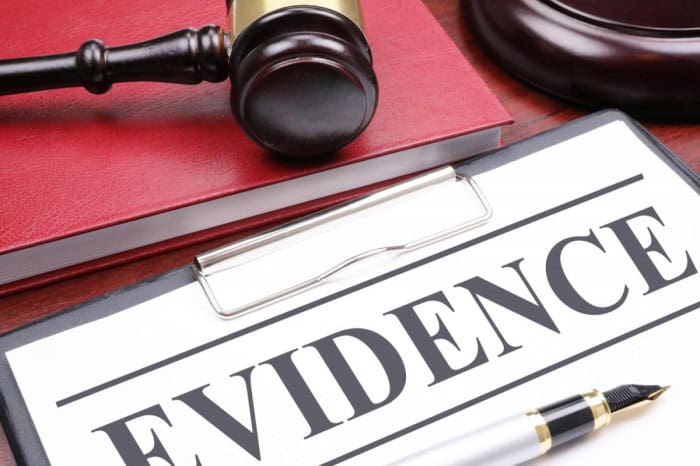
Abilene, the county seat of Taylor County, experiences a fair number of traffic accidents due to its location at the intersection of important highways, notably Interstate 20. Those who’ve survived a car accident in Abilene will have a lot on their plate. This means that they’ll easily miss collecting important evidence that might strengthen their claim.
The quality and quantity of the proof you can provide, whether it be police reports or medical records, will typically determine how strong your claim is. Convincing evidence can be the difference between a case that is successful and one that is unsuccessful. Consulting with a car accident law firm in Abilene ensures that all relevant evidence is gathered and presented in a convincing manner.
Here are some pieces of evidence that an Abilene car accident victim should collect.
Police Reports and Official Documentation
One of the first steps after a car accident is contacting law enforcement. The resulting police report is an official account of the incident, detailing essential information such as the accident’s location, time, and circumstances. This document often includes statements from the involved parties, witness observations, and the officer’s initial assessment of fault. Courts and insurance adjusters heavily rely on police reports due to their neutrality and detail.
Medical Records and Expert Opinions
Comprehensive medical documentation is essential to prove physical injuries resulting from the accident. Hospital records, physician reports, and diagnostic tests establish the extent of injuries and connect them directly to the incident.
Expert opinions from medical professionals can further explain the long-term implications of these injuries.
Eyewitness Testimonies
Eyewitness accounts can be instrumental in corroborating your version of events. People who saw the accident may provide unbiased perspectives, helping clarify details otherwise subject to dispute.
When collecting witness information, ensure their contact details are accurate. Also, confirm their willingness to give statements or testify. A credible eyewitness can make a significant difference in establishing liability.
Photographic and Video Evidence
The accident’s aftermath is vividly depicted by visual evidence. Photographs of the crash site, vehicle damage, road conditions, and visible injuries provide context that written statements cannot fully capture.
Videos from traffic cameras, dash cams, or surveillance systems in the vicinity are equally valuable. These visuals can demonstrate the severity of the impact and reveal crucial moments leading up to the collision.
Proof of Financial Losses
Economic damages in a car accident case are typically quantifiable but must be substantiated with evidence. Maintain thorough records of medical bills, therapy expenses, lost wages, and property repair costs. If the accident impacts future earning potential, expert testimony from economists or vocational specialists may be necessary to estimate the financial impact accurately.
Accident Reconstruction Reports
Accident reconstruction specialists can provide detailed analyses in cases where fault is heavily disputed. These professionals analyze the accident’s cause using engineering concepts, physics, and crash scene information. Their findings often include diagrams and simulations that help visualize the sequence of events, making their input invaluable.
Communication Records
Emails, text messages, or phone records might come into play when proving negligence.
For instance, phone activity logs can show whether a driver used their device during the crash. While this evidence may require subpoenas or court orders to obtain, it can be pivotal in proving fault.
Compliance with Procedural Requirements
Evidence must comply with the rules of evidence set by courts, which means it should be relevant, authentic, and not improperly obtained.
Legal professionals can help navigate these procedural requirements to prevent critical evidence from being excluded during proceedings.
Conclusion
Winning a car accident case is contingent on presenting a compelling narrative backed by strong and admissible evidence. Collecting police reports, eyewitness statements, visual documentation, and financial proof helps build a strong case.

